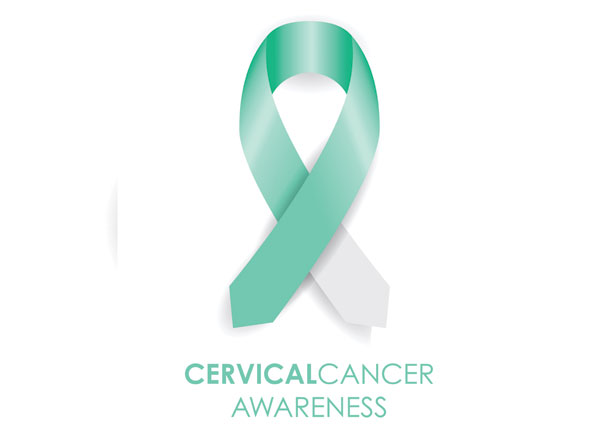Cervical cancer is the most common cause of cancer related death in Nepal. Cervical cancers start from cells with pre-cancerous changes (pre-cancers), only some of the women with pre-cancers of the cervix will develop cancer. Usually, it takes several years for cervical pre-cancer to change to cervical cancer, but it can happen in less than a year. For most women, pre-cancerous cells will go away without any treatment. Still, in some women pre-cancers turn into true cancers. Treating all cervical pre-cancers can prevent almost all true cervical cancers.
Risk factors for cervical cancers include:
-
Human Papilloma Virus, Chlamydia infection
-
Smoking,
-
Less consumption of vegetables and fruits
-
Obesity
-
Low socio-economic status
-
Intrauterine contraceptive device etc.
Prevention
Yes, cervical cancer can be prevented.
Reducing the infection
Infection with Human Papilloma Virus (HPV) and Chlamydia decreases the incidence of cervical cancer. Any woman who has ever had sex is at risk for genital HPV. Other risks include:
-
Having many sex partners
-
Having a partner who has had many partners
-
Being younger than 25 years of age
-
Starting to have sex at an early age (16 years or younger)
-
Multiple full term pregnancies (>3)
Having a male partner who’s not circumcised (hasn’t had the foreskin of the penis removed). Men who still have their foreskins are more likely to get and stay infected with human papilloma virus (HPV) and pass it on to their partners.
Vaccination
Vaccination at early age against Human Papilloma Virus reduces the risk of cervical cancer dramatically. These vaccines only work to prevent HPV infection − they will not treat an infection that is already there. That is why, to be most effective, the HPV vaccines should be given before a person becomes exposed to HPV (such as through sexual activity).
-
Routine HPV vaccination for girls and boys should be started at age 11 or 12. The vaccination series can be started as early as age 9.
-
HPV vaccination is also recommended for females 13 to 26 years old and for males 13 to 21 years old who have not started the vaccines, or who have started but not completed the series. Males 22 to 26 years old may also be vaccinated.*
* it’s important to know that vaccination at older ages is less effective in lowering cancer risk.
It’s important to realize that no vaccine provides complete protection against all cancer-causing types of HPV, so routine cervical cancer screening is still necessary.
Early detection of Pre-cancer and cancer
Cervical screening increases the detection of precancerous lesion and hence decreases the incidence of cervical cancer. Papanicolaou smear test is time-tested, cost-effective method of screening. All women should begin cervical cancer screening at age 21 or after beginning of sexual activity (if later than 21 years). Women aged 21 to 29, should have a Pap test every 3 years. HPV testing should not be used for screening in this age group (it may be used as a part of follow-up for an abnormal Pap test).
Beginning at age 30, the preferred way to screen is with a Pap test combined with an HPV test every 5 years and should be continued until age 65 years. After 65 years if the woman had regular screening test and had no evidence of high grade dysplasia in the last 20 years, then no screening test is required. Since Pap test is mandatory for screening of cervical cancer, visit your gynaecologist regularly.

